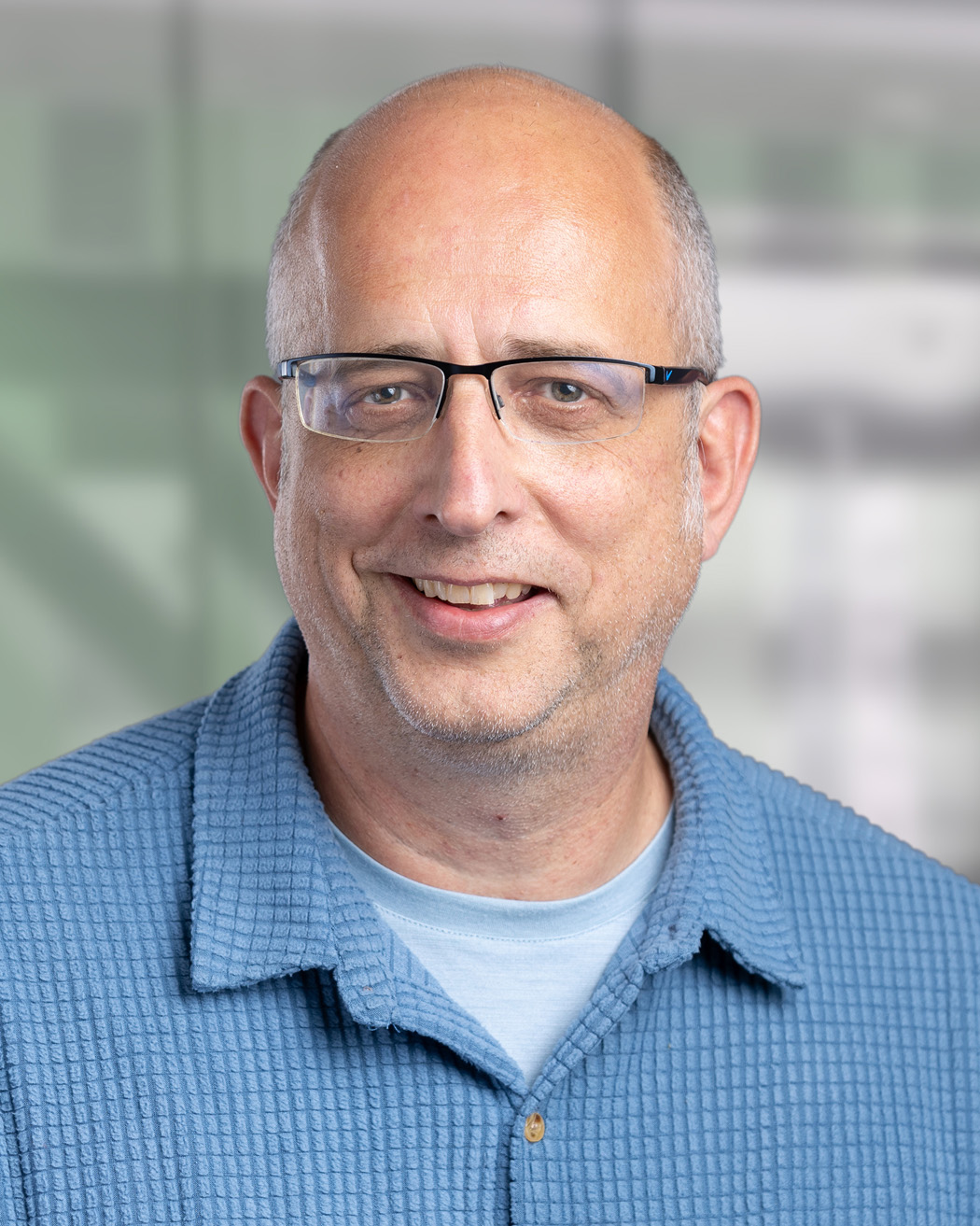
University Distinguished Professor of Physics
Joined the laboratory in 1999
Education and training
- MS, Physics, University of Karlsruhe, 1993
- PhD, Physics, University of Heidelberg, 1997
Research focus
- Experimental nuclear astrophysics
Contact information
Links
Research
The goal of our experimental and theoretical research program is to understand the nuclear processes that shape the cosmos by creating elements and generating energy. The focus is on the most extreme environments thought to exist in nature: thermonuclear explosions on neutron stars; neutron star collisions; core collapse supernovae; and the strange insides of neutron stars, where rare isotopes are stable and cold fusion is actually happening. Most student projects in our group cut across experiment and theory, and across nuclear physics and astrophysics. Experiments restage at FRIB the same reactions that happen in astrophysical environments and include opportunities to use, design, and build new equipment. Theory focuses on a broad range of astrophysical computer models that can be used to identify interesting nuclear processes, explore the impact of new measurements, and compare with observations. Ultimately, we seek to answer the question of how the incredible variety of elements our world is made of came about.

Biography
I grew up in Lörrach in Germany, located right where Germany, Switzerland, and France meet. I got interested in nuclear astrophysics when studying in Karlsruhe, Germany and went to Notre Dame to do my PhD in that field. In addition to Notre Dame, I performed experiments at Argonne, IUCF, and TRIUMF. I did a short three-month postdoc at UC Berkeley in the astronomy department, before working on storage rings at GSI in Germany, and then coming to MSU in 1999 to build an experimental nuclear astrophysics program. I co-founded with colleagues at Notre Dame and Chicago the Joint Institute for Nuclear Astrophysics (JINA)—now the Center for Nuclear Astrophysics Across Messengers (CeNAM)—and IReNA. The goal of these was to create a research environment where discipline boundaries disappear, and we combine interdisciplinary expertise across institutions. When FRIB offered the opportunity for low energy beams, I got interested in building the SECAR recoil separator, which is now operational and has performed its first experiments.
How students can contribute as part of my research team
Our group uses a very broad range of detectors, separators, and spectrometers to answer a variety of open questions. It is embedded in the JINA-CEE, CeNAM, and IReNA collaborative networks providing national and international networking opportunities, including opportunities for research stays and exchanges (for example to work on a particular interpretation of experimental results), visits, and many leadership and professional development opportunities. Our group's goal is to create an environment where all students can be successful and follow their interests across fields as well as across experiment and theory, while getting prepared for a broad range of careers in industry, national laboratories, academia, or nuclear astrophysics. We fully support and follow the FRIB and Physics Department code of conduct, as well as the CeNAM code of conduct.

